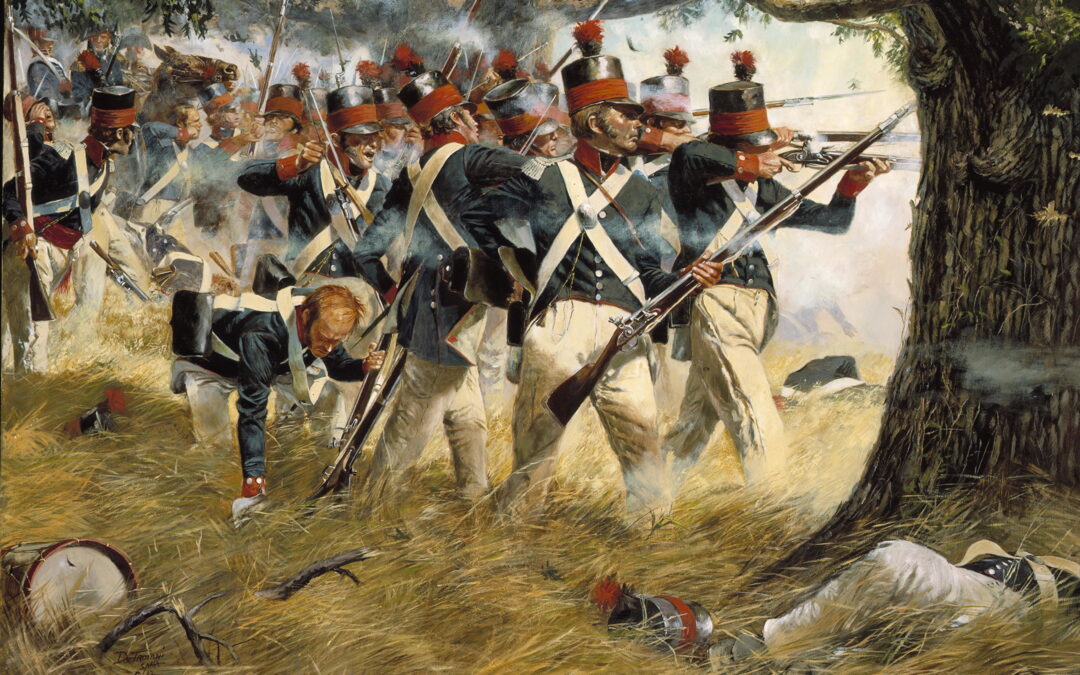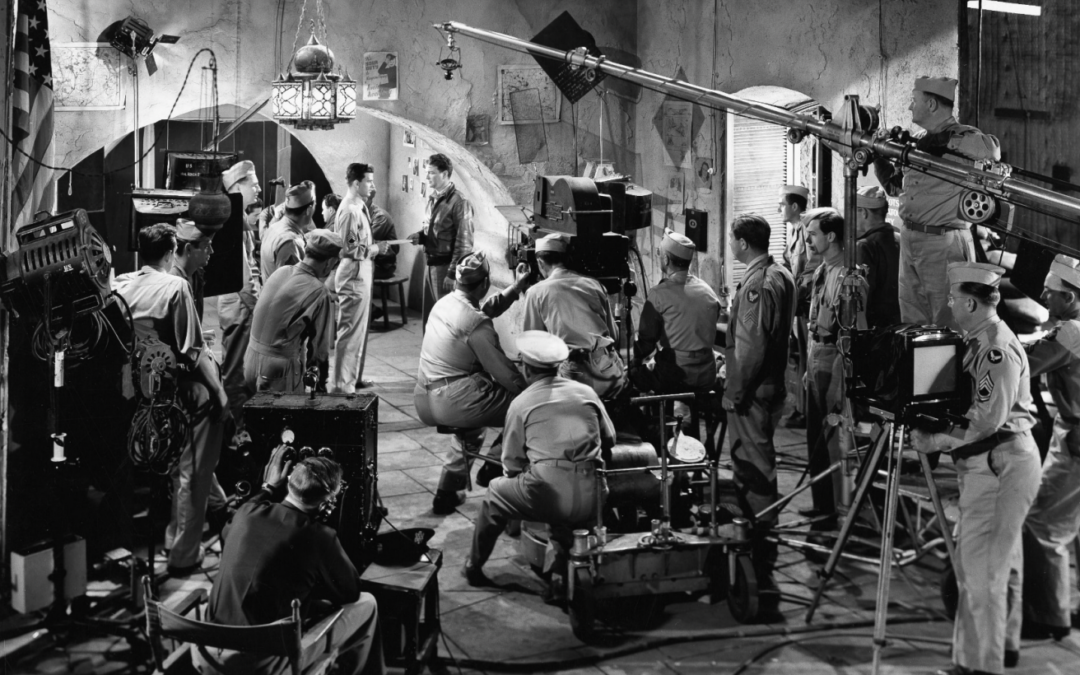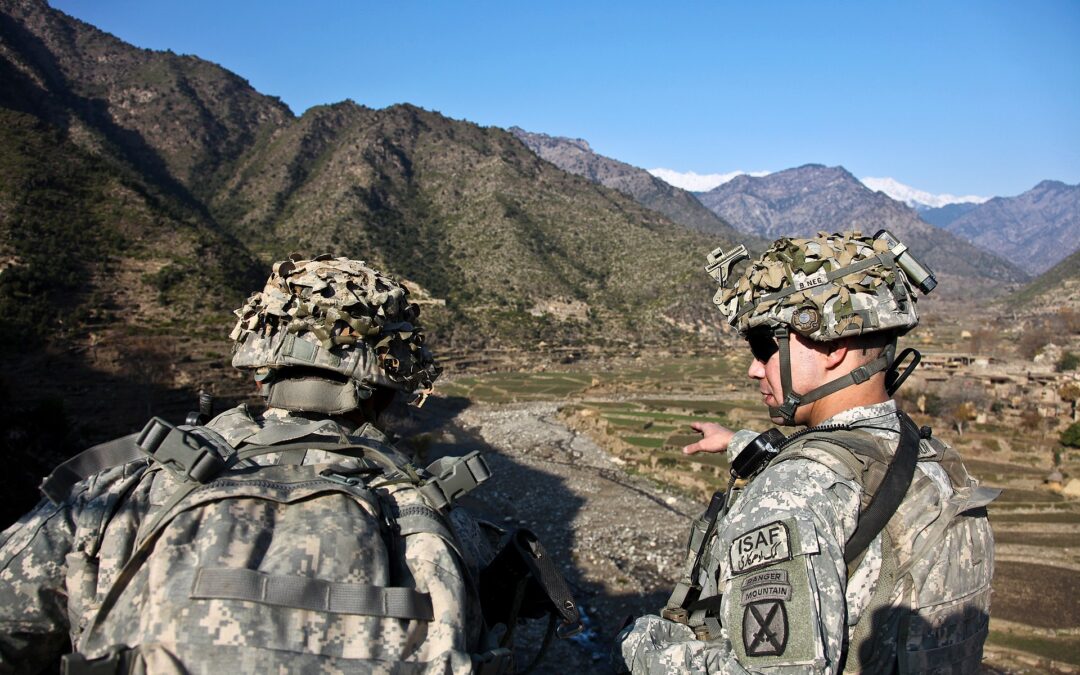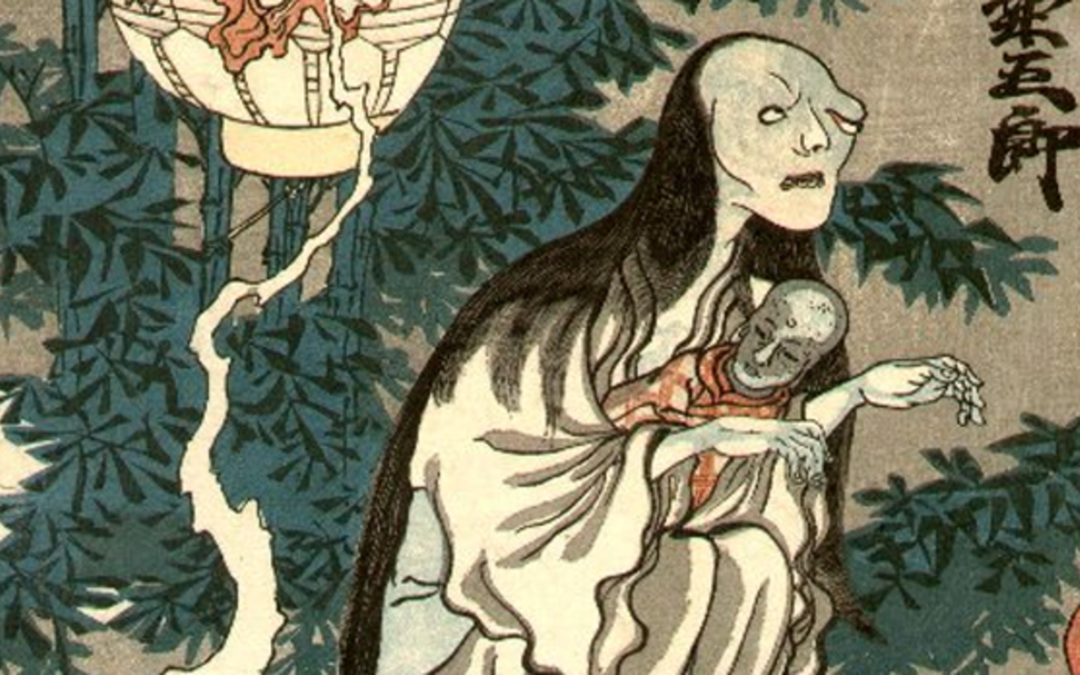The Aleutian Islands are known for their rugged, treeless tundra and almost perpetually foul weather, but during the early days of World War II, they were considered a valuable piece of real estate. Fresh off their success at Pearl Harbor, the Japanese were looking to consolidate their gains in the Pacific while also stymying any potential U.S. attacks against their home islands. The Aleutians - situated at the center of the shortest route between the United States and Japan - were viewed as a key part of their defensive shield. Moreover, The island of Unalaska, in the heart of the Aleutian Chain, is approximately 80 square miles in size with an elevation as high as 6,680 feet at the top of Makushin Volcano. The Port of Dutch Harbor, which is part of the City of Unalaska, is located on Amaknak Island and is connected to Unalaska by bridge. The Japanese high command scheduled an advance on the islands for June 1942. While the bulk of their navy looked to demolish the American Pacific...











